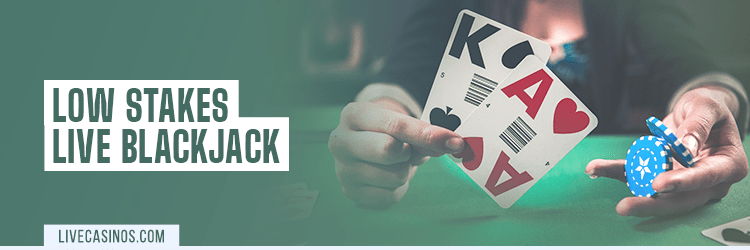Say we want to go out and play roulette and earn $5 per day. Our bankroll is $5,000, which is the average maximum bet on high-end roulette tables across the world. It’s also a sizable sum to bring to a roulette table, but let’s stick with it.
A popular negative progression for this is called the Martingale system, originating in the early days of Le Grand Casino in Monte Carlo.
Martingale calls for an original 1-unit bet, in our case $5. The idea is simply to double that bet after every loss.
Each time we win we’ll take down the $ 5 profit and return to the original $5 bet. Let’s simplify our bet to “red,” which on a European-style wheel with only one zero (0) has almost a 49% chance of winning.
Performance
The first thing you might notice is that every day we have almost a 50% chance of making our $5 on the first spin. When we lose, we have that same chance with the $10 called-for bet on the second spin, and if we lose that, we have the same chance with the $20 bet…then $40, then $80, then $160, then $320, then $640, then $1,280, then $2,560, and so on.
If you think that the chance of losing consecutive rounds is any different, that’s something called the Gambler’s Fallacy. No worries – it’s an infamous trip-up for many casino players throughout history.
It means that even if you keep losing, you still have a 51% chance to keep losing. The stake you need keeps doubling every round with exponential growth. Guess what? We just ran out of chips!
Evaluating this, you can win $5 every single day for a year and a half, during which you never lost ten spins in a row. But the day always comes when you do lose ten spins in a row, and when it does you’re wiped out!
And if you have the terrible bad luck of losing those ten spins in a row during the first days, weeks, or even months of the trial, your bankroll is busted!
The Martingale is the most extreme of the negative betting systems, but they all more or less lead to the same plank. My advice is to play roulette with a positive-progression betting system that lets you take advantage of winning streaks, which do come just as the losing streaks do.
Imagine hitting ten “reds” in a row playing Martingale and winning a measly $50. But when you lose ten in a row with the double-up, you lose a whopping $2,560!
So go for the big win and protect against the big loss!


































 Roulette
Roulette
 Blackjack
Blackjack
 Baccarat
Baccarat
 Poker
Poker
 Sic Bo
Sic Bo
 Dragon Tiger
Dragon Tiger
 Game Shows
Game Shows  Top 5 Games
Top 5 Games  See more
See more  Roulette Casinos
Roulette Casinos  Low Limit
Low Limit  High Limit / VIP
High Limit / VIP  Exclusive
Exclusive  How to Play
How to Play  Basic Strategy
Basic Strategy  Top Tips
Top Tips  FAQ
FAQ  Blackjack Casinos
Blackjack Casinos  Baccarat Casinos
Baccarat Casinos  Bonuses
Bonuses  Poker Casinos
Poker Casinos  Game Providers
Game Providers  Sic Bo Casinos
Sic Bo Casinos  Dragon Tiger Casinos
Dragon Tiger Casinos  Credit and Debit Card
Credit and Debit Card  e-Wallet
e-Wallet  Cryptocurrency
Cryptocurrency  Bank and Checks
Bank and Checks  Pay by Phone and SMS
Pay by Phone and SMS  See more
See more  How-To Guides
How-To Guides  Top Lists
Top Lists  In-Depth
In-Depth  Strategy
Strategy  Casino & Games
Casino & Games  Insight
Insight  News
News  Promotions
Promotions 
 Guide to Live Casinos
Guide to Live Casinos  Top 10 Live Casino Tips
Top 10 Live Casino Tips  FAQ & Help
FAQ & Help  Meet The Dealers
Meet The Dealers  Our Awards
Our Awards  Responsible Gambling
Responsible Gambling 
































 ENG
ENG 






 Facebook
Facebook
 Pinterest
Pinterest
 Twitter
Twitter
 LinkedIn
LinkedIn
 Copy Link
Copy Link 

























